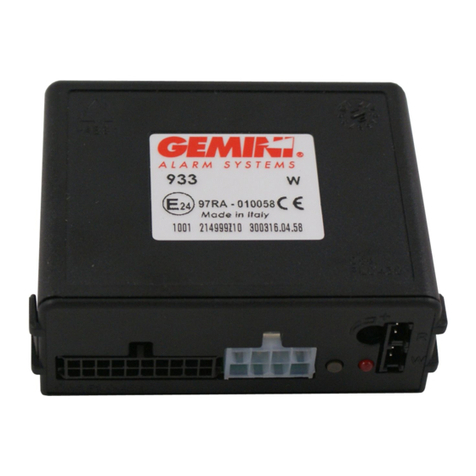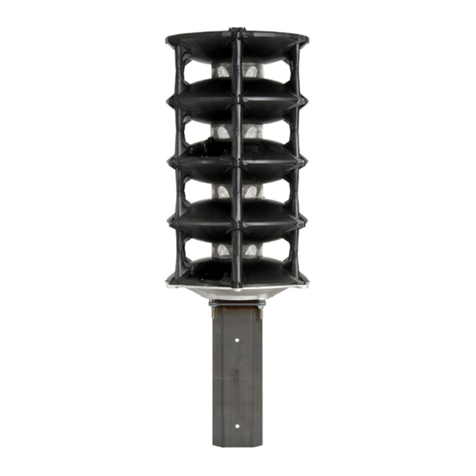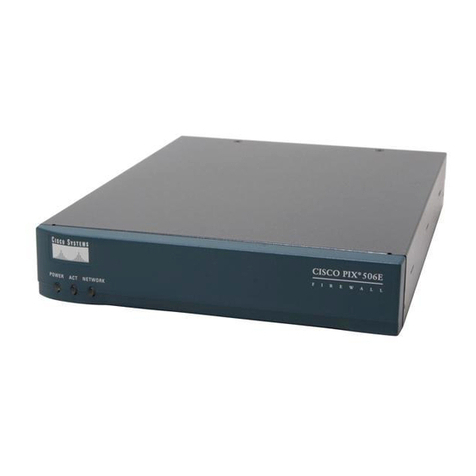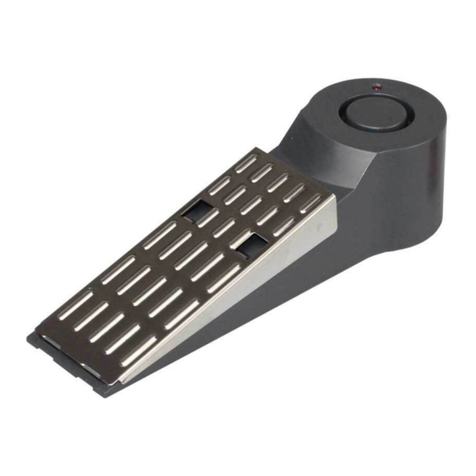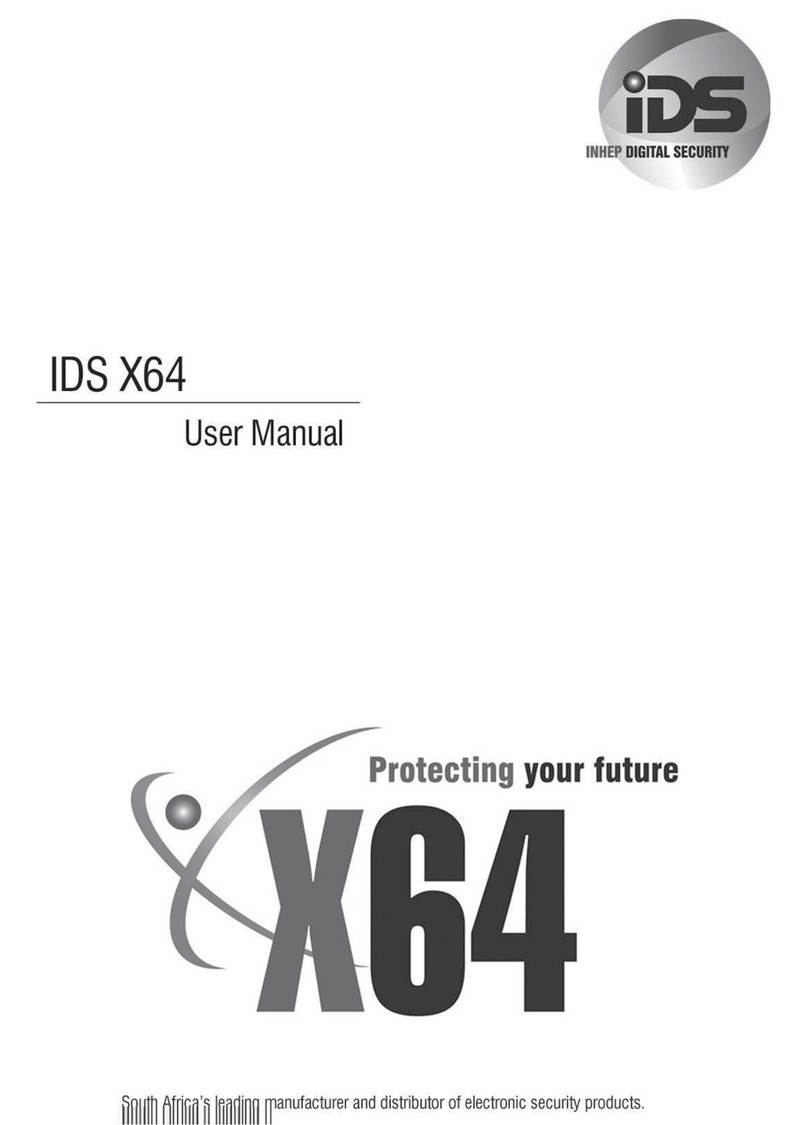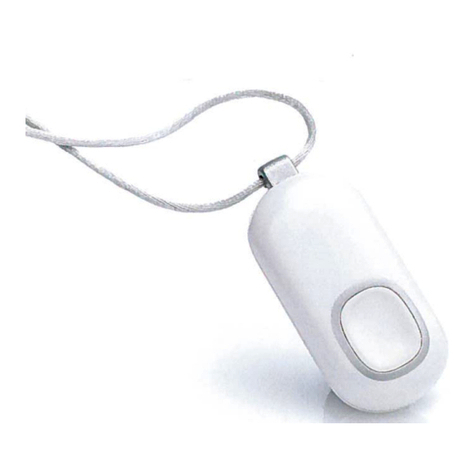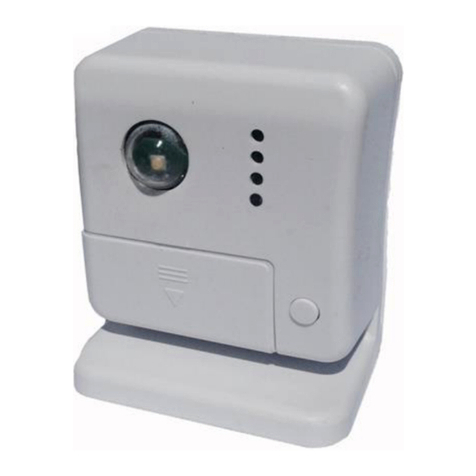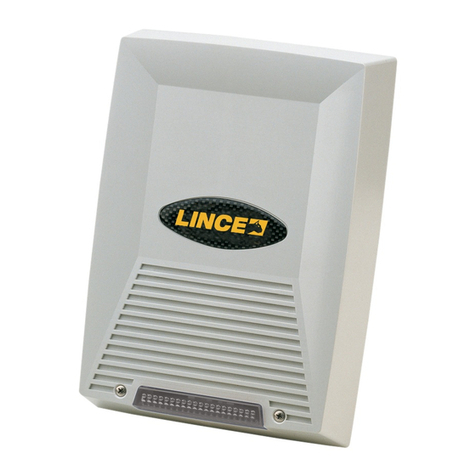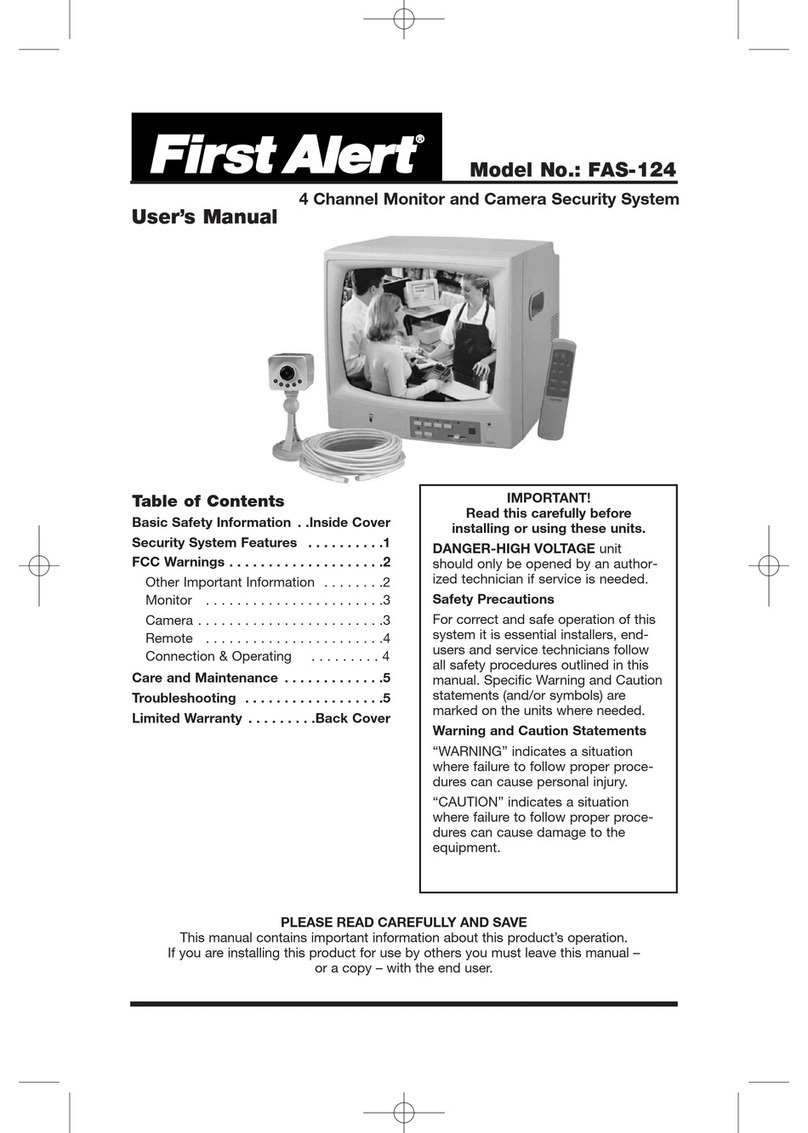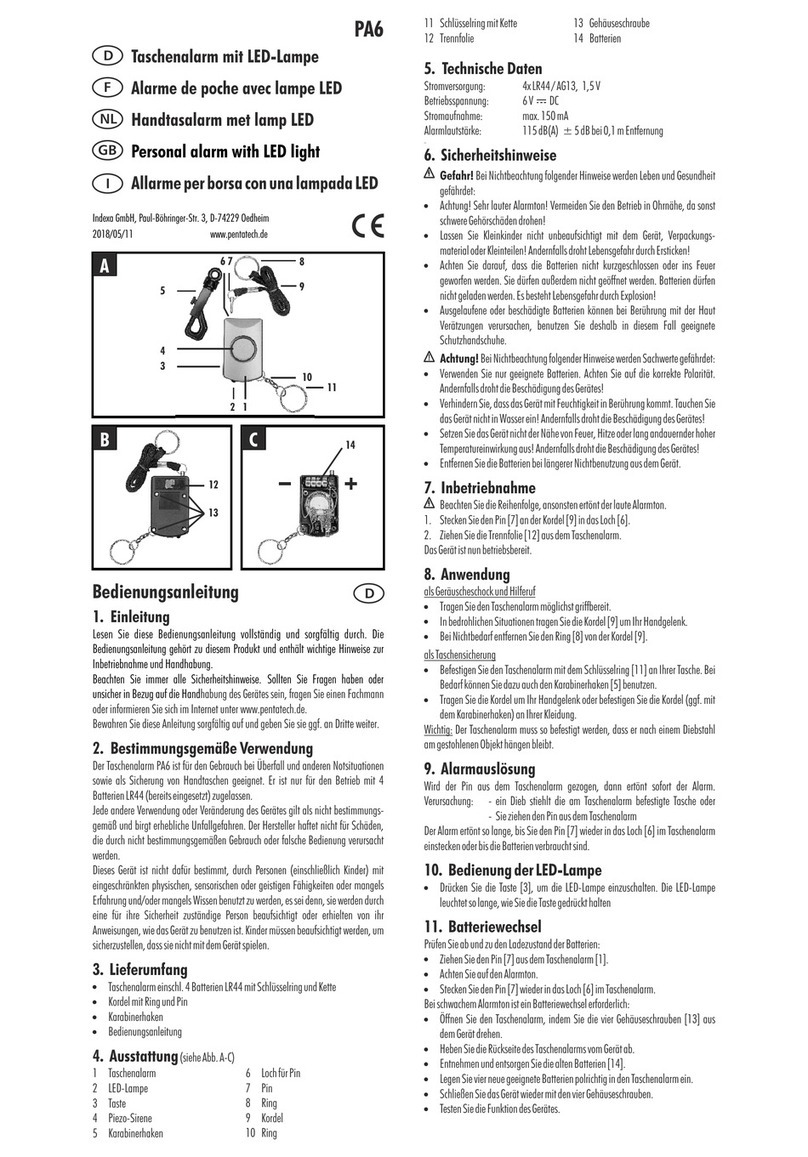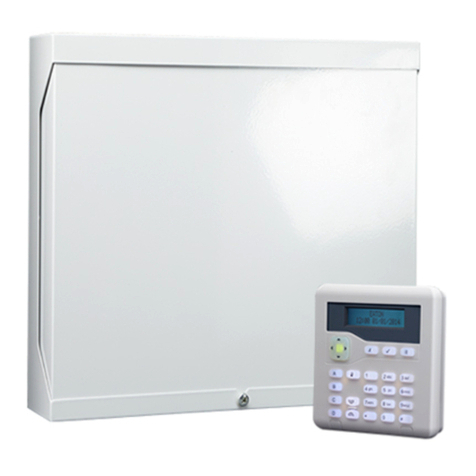VisionNet 63060CM User manual


Strand Lighting Inc.
6603 Darin Way, Cypress, CA 90630, USA
Tel: +1-714-230-8200 Fax: +1-714-899-0042
Strand Lighting Europe Ltd.
Unit 2, Royce Road, Fleming Way, Crawley, West Sussex. United Kingdom
Tel: +44-1293-554-010 Fax: +44-1293-554-019
Strand Lighting Asia
Room 6-10, 20/F Delta House 3 On Yiu Street, Shatin, N.T. Hong Kong
Tel: +852-2757-3033 Fax: +852-2757-1767
www.strandlighting.com
The material in this manual is for information purposes only and is subject to change without notice.
Strand Lighting assumes no responsibility for any errors or omissions which may appear in this manual.
For comments and suggestions regarding corrections and/or updates to this manual, please contact your
nearest Strand Lighting office.
El contenido de este manual es solamente para información y está sujeto a cambios sin previo aviso.
Strand Lighting no asume responsabilidad por errores o omisiones que puedan aparecer. Cualquier
comentario, sugerencia o corrección con respecto a este manual, favor de dirijirlo a la oficina de Strand
Lighting más cercana.
Der Inhalt dieses Handbuches ist nur für Informationszwecke gedacht, Aenderungen sind vorbehalten.
Strand Lighting uebernimmt keine Verantwortung für Fehler oder Irrtuemer, die in diesem Handbuch
auftreten. Für Bemerkungen und Verbesserungsvorschlaege oder Vorschlaege in Bezug auf Korrekturen
und/oder Aktualisierungen in diesem Handbuch, moechten wir Sie bitten, Kontakt mit der naechsten
Strand Lighting-Niederlassung aufzunehmen.
Le matériel décrit dans ce manuel est pour information seulement et est sujet à changements sans préavis.
La compagnie Strand Lighting n'assume aucune responsibilité sur toute erreur ou ommission inscrite dans
ce manuel. Pour tous commentaires ou suggestions concernant des corrections et/ou les mises à jour de ce
manuel, veuillez s'll vous plait contacter le bureau de Strand Lighting le plus proche.
Information contained in this document may not be duplicated in full or in part by any person without
prior written approval of Strand Lighting Inc. Its sole purpose is to provide the user with conceptual
information on the equipment mentioned. The use of this document for all other purposes is specifically
prohibited. Certain features of the equipment described in this document may form the subject of patents
or patent applications.
Document Number: 2-450211-010
Version as of: June 1, 2009
Vision.net Photocell Daylighting Sensor Installation & Operation Guide
©2009 Philips Group. All rights reserved.

Vision.net Photocell Daylighting Sensor Installation & Operation Guide
1
Important Safeguards
When using electrical equipment, basic safety precautions should always be followed
including the following:
a. READ AND FOLLOW ALL SAFETY INSTRUCTIONS.
b. Do not use outdoors.
c. Do not mount near gas or electric heaters.
d. Equipment should be mounted in locations and at heights where it will not
readily be subjected to tampering by unauthorized personnel.
e. The use of accessory equipment not recommended by the manufacturer
may cause an unsafe condition.
f. Do not use this equipment for other than intended use.
g. Refer service to qualified personnel.
SAVE THESE INSTRUCTIONS.
WARNING: You must have access to a main circuit breaker or other power
disconnect device before installing any wiring. Be sure that power is disconnected
by removing fuses or turning the main circuit breaker off before installation.
Installing the device with power on may expose you to dangerous voltage and
damage the device. A qualified electrician must perform this installation.
WARNING: Refer to National Electrical Code® and local codes for cable
specifications. Failure to use proper cable can result in damage to equipment or
danger to persons.
CAUTION: Wire openings MUST have fittings or lining to protect wires/cables
from damage. Use 90° C copper wire only!

Installation & Operation Guide Vision.net Photocell Daylighting Sensor
2
TABLE OF CONTENTS
Quick Start ................................................................................................................................3
Preface ....................................................................................................................................... 3
About this Guide ...............................................................................................................3
Description ........................................................................................................................4
Installation .................................................................................................................................5
Mounting ........................................................................................................................... 5
Wiring ............................................................................................................................... 6
Sensor Programming with Vision.net Designer Software ........................................................ 7
Sensor Programming with Remote ...........................................................................................7
Programming the Photocell Sensor ........................................................................................... 8
Entering Programming Mode ............................................................................................ 8
Setting Up Daylight Harvesting ........................................................................................ 8
Testing Daylight Harvesting ...........................................................................................10
Troubleshooting Guide ...........................................................................................................11

Vision.net Photocell Daylighting Sensor Installation & Operation Guide
3
QUICK START
Step 1. Install the Photocell Sensor. (Refer to page 5.)
Step 2. Select Daylight Harvesting Mode. (Refer to page 8.)
Step 3. Select Response Time. (Refer to page 9.)
Step 4. Set Hi/Low Light Levels. (Refer to page 9.)
PREFACE
About this Guide
The document provides programming and installation instructions for the following Vision.net
products:
• 63060CM - Vision.net Photocell Daylighting Sensor
Please read all instructions before installing or using this product. Retain this guide for future
reference.
IMPORTANT INFORMATION. PLEASE READ!
This unit is intended for installation in accordance with the National Electric Code® and local
regulations. It is also intended for permanent installation in indoor applications only. Before
any electrical work is performed, disconnect power at the circuit breaker or remove the fuse to
avoid shock or damage to the control. It is recommended that a qualified electrician perform
this installation.

Installation & Operation Guide Vision.net Photocell Daylighting Sensor
4
Description
Vision.net Photocell Daylighting Sensor
(63060CM)
The Vision.net Photocell Daylighting
Sensor is a low-voltage daylighting sensor
that measures changes in ambient light and
controls its connected lighting loads
according to the user’s programming. The
unit is able to decipher minor changes in
light levels (such as passing cloud cover,
intermittent shadowing, etc.) to prevent
unwanted or inadvertent light cycling. In
addition, the unit provides a programmable
time-delay fade from 1 to 30 minutes for
smooth light-cycling transitions.
The Vision.net Photocell Daylighting
Sensor is designed for use with a
Vision.net Architectural Control System.
When the device is connected, the sensor
can dim the loads according to the space’s
needs for maximum energy conservation.
NOTE: Do not exceed one (1) Vision.net
Photocell Daylighting Sensor per
Vision.net room.
Vision.net Programmer Remote (63063)
The Vision.net Programmer Remote is an
optional accessory which provides quick
and easy access to the full range of
Photocell Daylighting Sensor features. TEST
PGM /
SELECT
ABCD
EFGH
1234
567
8
09
MODE
MODE
TIME
TIME
RLYS
RLYS
SENS
PHSET
PHON
DSCN
MISC
MISC
AI / 1
DH1
LSUN
NI / 3
DH2
HSUN
CI / 5
LMAIN
TM / 10
MO / 15 AO / 20 FM / 25 FA / 30
DH-MO
-SUN
DH-AO
=SUN +SUN
DEFAULT DISPLAY
SETTINGS
S
W
#
S
W
M
R
O
N
R
O
F
F
S
C
N
T
A
P
D
T
A
P
O
V
R
D
I
O
V
R
T
G
L
DIM
DIM
MSTR
LASER FIELD
FIELD
SETTINGS
EXIT
DH3 DH4
82-2533
R
K
P
D
SIDE VIEW
2.40 in
2.40 in
1 Inch Conduit Thread
Nut
Washer
Cover
BOTTOM VIEW
Diffused Lens
Photocell Sensor
Programmer Remote

Vision.net Photocell Daylighting Sensor Installation & Operation Guide
5
INSTALLATION
Mounting
The Photocell Daylighting Sensor may be mounted in a junction box or directly to the ceiling
depending on local code. The unit must have an unobstructed view of the area to be
monitored. Place the photocell near an exterior window where sunlight is most visible.
Mount the photocell 1/2 the window height away from the window. Example: for a space with
a 9' exterior window, mount the photocell 4 1/2' away from the window.
To install:
Step 1. Check for any obstructions located behind the desired mounting location.
Step 2. Drill 1-1/2" hole in the desired mounting location.
Step 3. Place Photocell Daylighting Sensor through the hole and secure with supplied
washer and locknut.
Step 4. The lens may be removed to install the Field of View Customizing Template.
Simply rotate the lens cover slightly counter-clockwise and remove.
Step 5. Trim the template for the desired effect and install on interior of the lens. (Careful
placement of the template is necessary to ensure proper function.)
Step 6. Replace lens cover and verify that the unit is securely mounted.
Figure 1: Installing Photocell Daylighting Sensor
RETAINING NUT
WASHER
LOW VOLTAGE
WIRE

Installation & Operation Guide Vision.net Photocell Daylighting Sensor
6
Wiring
The Photocell Daylighting Sensor should be connected to an AV Interface Board (63065).
To connect wiring:
Step 1. If conduit is required by local code, route low voltage wiring into adjacent junction
box and secure with included 1/2" nipple.
Step 2. Connect low voltage network to AV Interface Board with (4) #18 AWG wires
according to the wiring diagram below.
Note: Only one (1) Photocell Sensor may be linked in parallel.
Figure 2: Connecting Low Voltage Wiring
RED (+12VDC)
BLACK (-12VDC GROUND)
WHITE/GREEN (DATA+)
GREEN (DATA -)
J4
1 Black
2 Green
3 White/Green
4 Red
63065 AV Interface Board

Vision.net Photocell Daylighting Sensor Installation & Operation Guide
7
SENSOR PROGRAMMING WITH VISION.NET
DESIGNER SOFTWARE
Photocell Daylighting Sensors may be programmed with Strand Lighting’s Vision.net
Designer software, as part of a Vision.net architectural controls system. This software (and its
manual) may be downloaded from www.strandlighting.com.
SENSOR PROGRAMMING WITH REMOTE
A Vision.net Sensor Remote Programmer (optional accessory) can be used to program the
unit(s). Please note that configuration changes made with the Remote Programmer will not be
saved in the Vision.net Designer software configuration file.
To enter Programming Mode:
Step 1. Aim the remote at the Photocell Daylighting
Sensor and press the PGM (Program) button.
All affected sensors will blink red.
Step 2. You may now select which sensor you would
like to program by "laser painting" it with the
remote laser. Press and Hold the LASER
button and allow the beam to "hit" the sensor
you want to select. Once the signal is
received, the sensor will illuminate green and
is ready to receive commands.
Figure 3: Remote Layout
TEST
PGM /
SELECT
ABCD
EFGH
1234
567
8
09
MODE
MODE
TIME
TIME
RLYS
RLYS
SENS
PHSET
PHON
DSCN
MISC
MISC
AI / 1
DH1
LSUN
NI / 3
DH2
HSUN
CI / 5
LMAIN
TM / 10
MO / 15 AO / 20 FM / 25 FA / 30
DH-MO
-SUN
DH-AO
=SUN +SUN
DEFAULT DISPLAY
SETTINGS
S
W
#
S
W
M
R
O
N
R
O
F
F
S
C
N
T
A
P
D
T
A
P
O
V
R
D
I
O
V
R
T
G
L
DIM
DIM
MSTR
LASER FIELD
FIELD
SETTINGS
EXIT
DH3 DH4
82-2533
R
K
P
D

Installation & Operation Guide Vision.net Photocell Daylighting Sensor
8
PROGRAMMING THE PHOTOCELL SENSOR
Entering Programming Mode
Step 1. Enter Programming Mode (refer to page 7).
Step 2. Tap FIELD SELECT button until the Photocell Sensor lights up its Green LED
(Dimmer and Photocell Mode).
Setting Up Daylight Harvesting
Step 1. Tap MODE (A) button to select the Daylight Harvesting Mode (refer to page 7 for
Programmer Remote button layout).
Step 1a. Tap buttons 1-6 to select the following modes:
1(DH1) - Daylight Harvesting RLYS Button Control Open Loop (RLYS Button(s)
On with Low Sunlight and Off with High Sunlight).
2(DH2) - Daylight Harvesting Dimmer Control Open Loop (Move towards Preset
1 with Low Sunlight and Preset 2 with High Sunlight).
3(DH3) - Daylight Harvesting Dimmer Control Closed Loop (Move towards Preset
1 with Low combined Room Ambient and Sunlight and Preset 2 with High
combined Room Ambient and Sunlight).
5(DH-MO) - Tap to set the Photocell in Manual On Mode:
a – When in DH1 Mode, the Photocell is enabled whenever RLYS Button 1 is
on. This allows it to be controlled by a Sensor controlling RLYS Button 1.
b – When in DH2 and DH3 Modes, the Photocell is enabled whenever its
assigned RLYS Buttons are On and the system is in Preset 1 (On Preset).
6(DH-AO) - Tap to set the Photocell in Auto Mode. Auto Mode is used whenever
the Photocell is powered up. It will always turn on RLYS Buttons and set Preset 1.
This mode is used whenever the Photocell Sensor is the only sensor in the system
and the lights are externally controlled by a dimmer or relay cabinet.
0(DEFAULT) - Factory Default (DH2 – Manual On).
Note: DH1 and DH2 are considered Open Loop, in that the Photocell will make adjustments
based on detected sunlight (artificial or fluorescent lighting has less affect).
Note: DH3 is considered Closed Loop, in that the Photocell will make adjustments based on
artificial or fluorescent light (sunlight has less affect).
Step 2. Tap TIME (B) button to select response timing (speeds up or slows down the
control of relay(s) or dimmers).

Vision.net Photocell Daylighting Sensor Installation & Operation Guide
9
Step 2a. Select Response Time buttons1-8:
1 – 1 min – Most aggressive for Dimmer Raise/Lower Control
2 – 3 min
3 – 5 min
4 – 10 min
5 – 15 min
6 – 20 min
7 – 25 min
8 – 30 min – Slowest for Dimmer Raise/Lower Control
0 – Factory Default (5 min)
Note: For DH1 Mode, the Response Time is the time the sunlight is either below the Low
Sunlight setting or above the High Sunlight setting before RLYS Button ON/OFF commands
are transmitted.
Note: For DH2 and DH3 Modes, the Response Time selects how rapidly the dimmers are
adjusted with a change in light. Response times will vary based on how much and how rapid
the light changes. The dimmers can respond in as little as 5 seconds or as much as 30 minutes.
Step 3. Tap AV (C) to select the AV Button Input(s) to control when in DH1 Mode. Tap AV
(C) to select the AV Button Input(s) that need to be On when in DH2 or DH3 Mode
to enable the Photocell.
Step 3a. Tap 1-8 to select RLYS Buttons:
1 – RLYS Button 1
2 – RLYS Button 2
3 – RLYS Button 3
4 – RLYS Button 4
5 – RLYS Button 5
6 – RLYS Button 6
7 – RLYS Button 7
8 – RLYS Button 8
0 – Factory Default (No RLYS Buttons Assigned)
Step 4. Tap SENS (D) to Capture or Adjust the Low and High Sunlight Settings.

Installation & Operation Guide Vision.net Photocell Daylighting Sensor
10
Step 4a. When the Sunlight is at its Low Level (early morning or late evening), Press and
Hold the LSUN (1) button for 3 or more seconds. Release the button when the
Photocell Sensor goes blank. After 5 seconds the Sensor will take a Snapshot of the
room and set the Low Sunlight Setting.
A – The Sunlight Setting can be modified by Tapping the –SUN (5) button to
decrease the level in 5% increments (max is -80%).
B – The Sunlight Setting can be set back to its Snapshot Level by Tapping the
=SUN (6) button.
C – The Sunlight Setting can be modified by Tapping the +SUN (7) button to
increase the level in 5% increments (max is +100%).
Step 4b. When the Sunlight is at its High Level (mid-day), Press and Hold the HSUN (2)
button for 3 or more seconds. Release the button when the Photocell Sensor goes
blank. After 5 seconds the Sensor will take a Snapshot of the room and set the High
Sunlight Setting.
A – The Sunlight Setting can be modified by Tapping the –SUN (5) button to
decrease the level in 5% increments (max is -80%).
B – The Sunlight Setting can be set back to its Snapshot Level by Tapping the
=SUN (6) button.
C – The Sunlight Setting can be modified by Tapping the +SUN (7) button to
increase the level in 5% increments (max is +100%).
Testing Daylight Harvesting
Step 1. Tap TEST button to put the system in TEST Mode. All Sensors will start flashing
once every few seconds. The color of the Photocell Sensor will be based on whether
it is sensing Sunlight below the Low Sunlight Level (Red), between the Low and
High Sunlight Levels (Green), or above the High Sunlight Level (Blue). The control
of the RLYS Buttons and Dimmers will be accelerated during Test Mode.
Step 2. While in test Mode the sensed Sunlight can be electronically adjusted by tapping
the –SUN (5) to reduce it in 5% increments, =SUN (6) to return it to actual level,
and +SUN (7) to increase it in 5% increments. This allows the Photocell to be
tested (observe the colors) without waiting for the actual sun to change.
Step 3. Tap TEST button a second time to go back to Parameter Setting Mode.
Note: Refer to page 7 for Programmer Remote button layout.

Vision.net Photocell Daylighting Sensor Installation & Operation Guide
11
TROUBLESHOOTING GUIDE
Symptom Cause Correction
Lights do not come on either
manually or automatically.
Lamp(s) are burned out
or missing.
Replace lamp(s) in fixture(s).
Circuit breaker is off. Turn on circuit breaker.
Wire connections are
faulty.
Recheck all wire connections. Important!
Turn off circuit breaker before servicing.
Lights are too bright or not
bright enough.
Ambient light level(s) is/
are not set correctly.
Readjust Preset 1 (adjusts Maximum
Lamp Level) and/or Preset 2 (adjusts
Minimum Lamp Level).
or
Recapture the Low Sunlight and High
Sunlight Levels.
See “Programming: Photocell Daylight-
ing Sensor”.
Controlled lights react too
quickly to ambient light
changes.
Response Time not set
properly.
Reprogram Response Time to a higher
time setting.
The wrong fixtures react to the
light levels.
Improper relays or dim-
mers are assigned to
react to daylight har-
vesting control.
Reprogram to control the proper relays
or dimmers.
Photocell Daylighting Sensor
is not reacting to sun light
level changes.
Unit is not properly pro-
grammed.
Verify programming and reprogram as
desired.
Unit is not located in the
proper position to see
sunlight changes.
Relocate daylighting sensor to view
ambient (sunlight).
Photocell Daylighting Sensor
is not reacting to programming
IR remote control.
Batteries are expired in
IR remote.
Replace batteries.

Installation & Operation Guide Vision.net Photocell Daylighting Sensor
12
NOTES

Vision.net Photocell Daylighting Sensor Installation & Operation Guide
13
NOTES

Part No. 2-450211-010
Table of contents
Popular Security System manuals by other brands

FSK
FSK HAWK PANIC PACK quick start guide
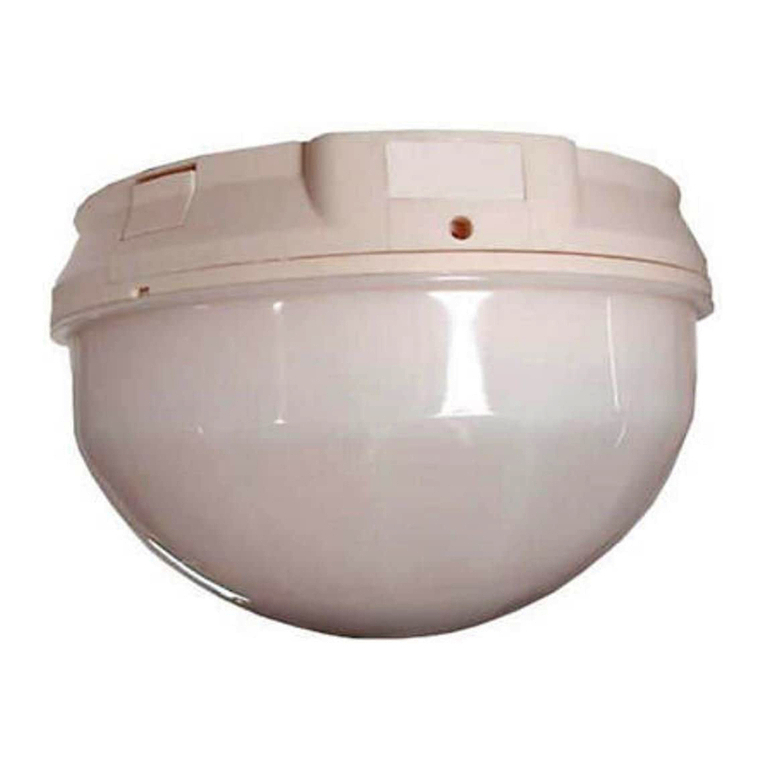
Bosch
Bosch DS938Z installation guide

ADEMCO
ADEMCO Security System VISTA-10SE Installation and setup guide
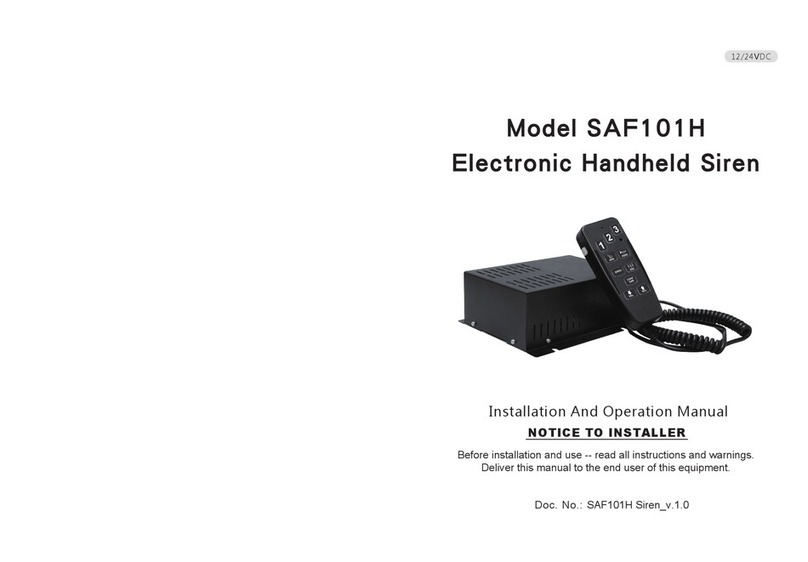
Cell2
Cell2 SAF101H User's installation and operation manual
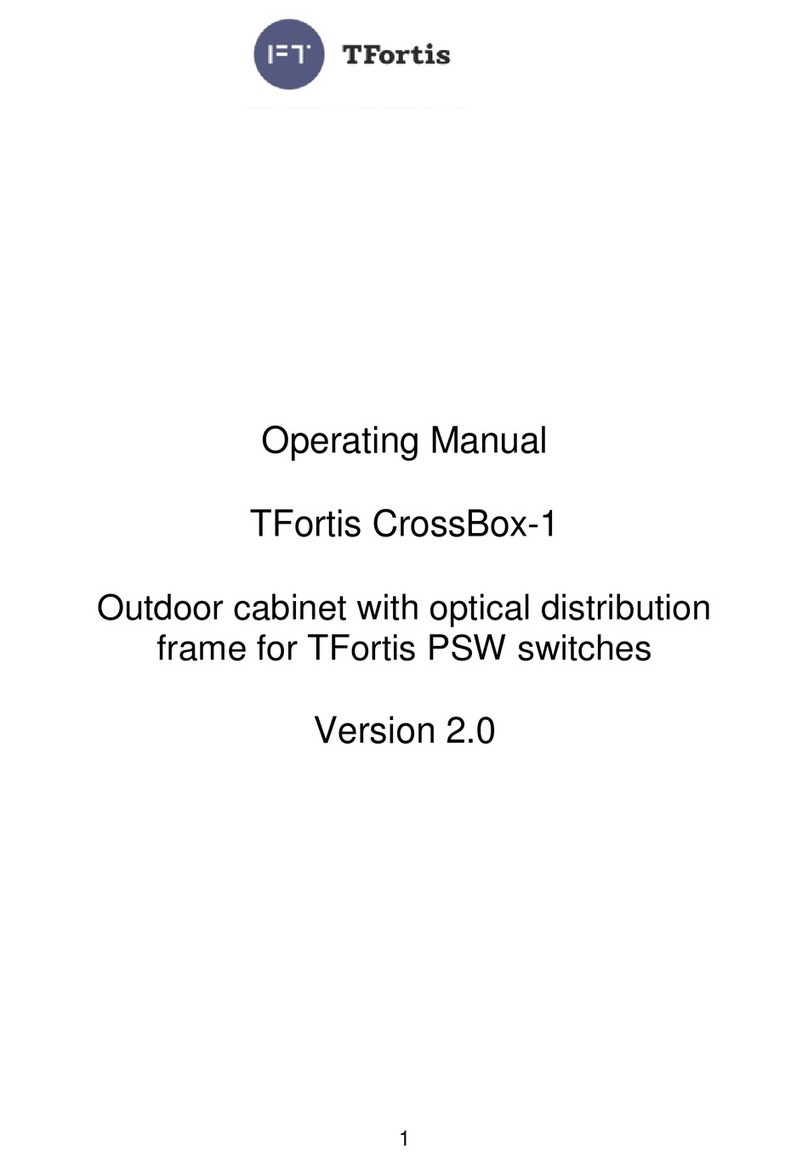
TFortis
TFortis CrossBox-1 operating manual

GAI-Tronics
GAI-Tronics SONIC ALARM 12534-001 quick start guide
